Explore awe-inspiring mountains around the world for an epic adventure.
Many dreams of summiting the world’s tallest peak, Mount Everest, which soars to 29,035 feet, and straddles the Nepal-China border. Sir Edmund Hillary and Tensing Norgay first accomplished the feat in 1953 via Nepal’s South Col, which remains one of the most common routes today.
The Nepali government relies on the tourism revenue generated by Everest, and in 2019 it issued a record 381 permits to climbers and a nearly equal number to local Sherpas, who set up the camps and lead the climbers up the mountain.
Besides the glory of standing on the roof of the world, climbing Everest comes with a significant amount of controversy.
Over the years, the large number of climbers and support staff have left massive amounts of trash and waste on the mountain, though in recent years the Nepali government and private organizations have taken steps to clean up the area around base camp.
This year critics cited a large number of permits as a possible contributor to some of the season’s 11 deaths on the mountain. The large number of people seeking to make the summit combined with fewer windows of favorable weather created traffic jams on the route to the summit.
Until conditions improve at Mount Everest, beat the crowds and help preserve the environment by looking to other epic climbs around the world. Here are nine of our favorites.
In Mongolia, it’s easy for a traveler to be quickly swept away by the endless green steppes, the heartiness of the Kazakh nomads, and the rolling landscapes that define the Altai Mountains. This makes the trek to Mount Khuiten as enjoyable and scenic as the climb itself.
The mountain straddles the corners of Russia, China, and Mongolia. To reach it, trekkers must cross a golden, vast, and barren landscape that is one of the last remote regions on Earth. This remarkable journey is enhanced by the gentle hospitality of the Kazakh nomads.
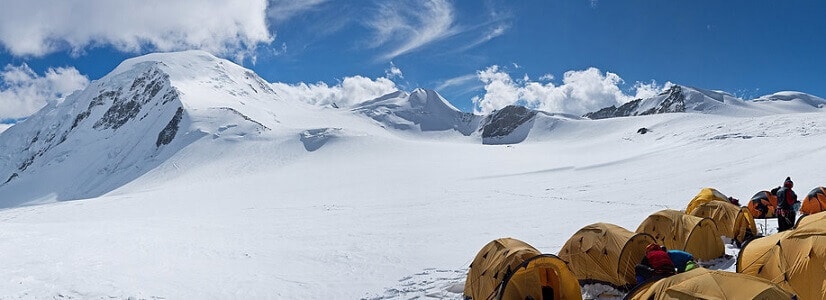
Mount Khuiten, Mongolia
Kilimanjaro, Tanzania
Flat-topped Kilimanjaro is Africa’s highest mountain. Located on Tanzania’s northern border with Kenya, the mountain is made up of three extinct volcanoes, Kibo, Mawenzi, and Shira.
The highest peak, Uhuru, is 19,340 feet high. Reaching the top of Kilimanjaro is exhilarating. Take the Machame Route up so you can see the region’s wonderful animals and birds. Then you’ll begin the trek across the Shira Plateau through the Grand Barranco Canyon and on to the top.
If all goes as planned, you’ll reach Stella Point with a chance to continue around Kibo’s rim to Uhuru.

Kilimanjaro, Tanzania
The Andes, Peru
The Inca Trail in Peru is an in-depth journey through a variety of ecosystems, from plains to desert to tropical cloud forests. You’ll pass views of snowcapped mountains and rushing rivers.
The highlight is Machu Picchu, the famed lost city of the Inca that was discovered in 1911 by Hiram Bingham. Then continue your trek to what was the heart and soul of the Inca Empire, Cusco.
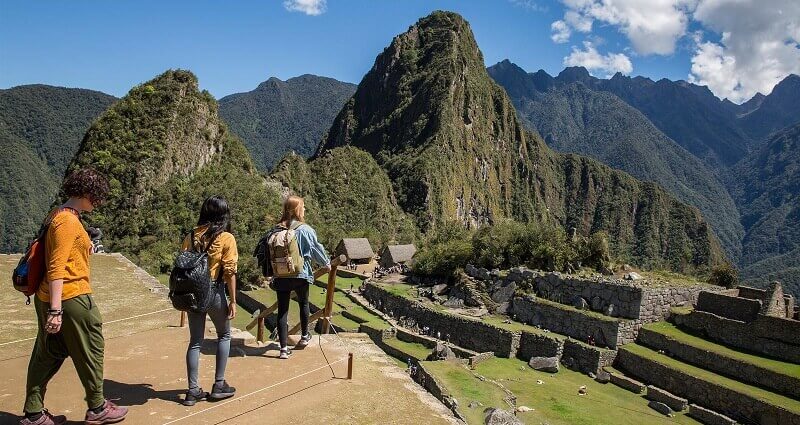
The Inca Trail in Peru
Matterhorn, Switzerland
Nestled in the Swiss Alps, the Matterhorn is the most recognized mountain on the European continent. In the shape of a roughly chiseled rock pyramid, this peak serves as a defining geographical landmark.
For many climbers, ascending the Matterhorn, the birthplace of the sport of mountaineering represents a return to the purest traditions of climbing.

Matterhorn, Switzerland
Mount Elbrus, Russia
Dynamic in both region and terrain, Russia’s Mount Elbrus stands as a watchtower in the Caucasus Mountains between Europe and Asia. Elbrus is a large, double-coned volcano, whose summits vary by about 65 feet.
For the climber with moderate skills, the highest mountain in Europe has great appeal because it presents a strenuous, yet rewarding climb. The mountain’s location affords visitors excellent opportunities to see the region’s large melting pot of ethnic groups, such as Turkish, Georgian, Azeri, and Russian.
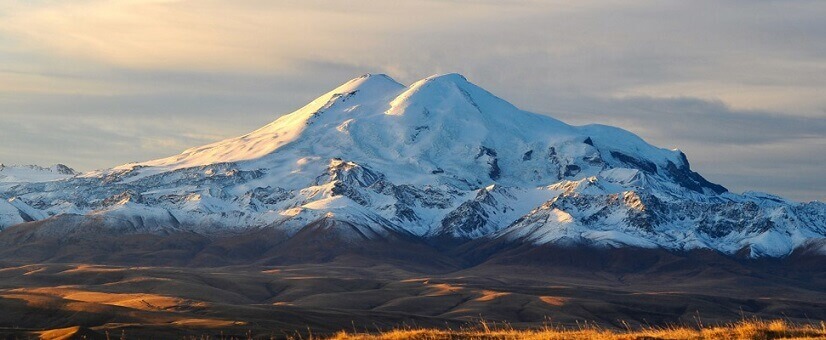
Mount Elbrus, Russia
Cilaltépetl and Iztaccíhuatl, Mexico
In the heart of Mexico, about 800 miles south of the United States border, Citlaltépetl and Iztaccíhuatl are the third and seventh highest mountains respectively in North America.
The first is 18,406 feet tall, while the second is 17,159 feet tall. Ascents of these two volcanoes are by far the most attractive climbs in Mexico.
From a distance, it’s easy to see how Iztaccíhuatl or “white woman” got its name; the snowcapped peaks look like the head, breasts, and feet of a sleeping woman.

Citlaltépetl and Iztaccíhuatl, Mexico
Denali, Alaska
Mount Denali, located in Denali National Park, Alaska, is the highest mountain in North America at 20,320 feet. This massif needs no explanation as to why it should be climbed.
From its base to its apex, it rises nearly 18,000 feet, an elevation-gain unsurpassed anywhere in the world. No other mountain offers such breathtaking and diverse views each day of an ascent.
Mount Denali’s tremendous size and beauty create a magnetism that continually draws climbers from around the world. Choice months for attempting Denali are May and June, before the threats of avalanches and open crevasses become too severe.
The mountain provides an unforgettable experience, touching the psyche of all mountaineers who have undertaken its challenges.

Mount Denali, Alaska
Annapurna, Nepal
In terms of sheer geological and cultural diversity, a trek to Nepal’s Annapurna region is unbeatable. By circumnavigating the giant Himalaya, you’ll see everything from lush bamboo forests to arid high mountain landscapes.
Most visitors here climb over the famous Thorung La, which is 17,599 feet. The hike into this glorious mountain pass rewards one with spectacular blazes of orange as the sun rises, casting the white Himalayan peaks in a fiery glow.
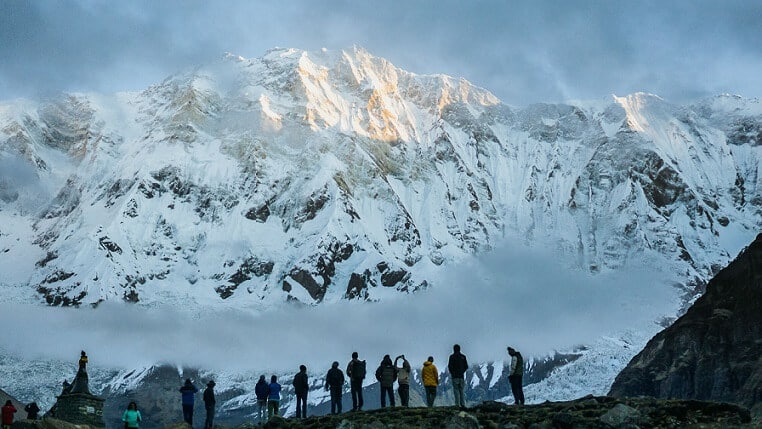
mount Annapurna, Nepal
Damavand, Iran
The Elburz Mountains stand huge and stunning as they lean against the Caspian Sea northeast of Tehran. Alborz’s peaks range in altitude from 18,400 feet to more than 19,000 feet.
Steam rises from the hot springs and fumaroles that pockmark this dormant volcano, and two small glaciers provide dazzling views. Learn more about Damavand Mountain or Checkout Damavand Tours.
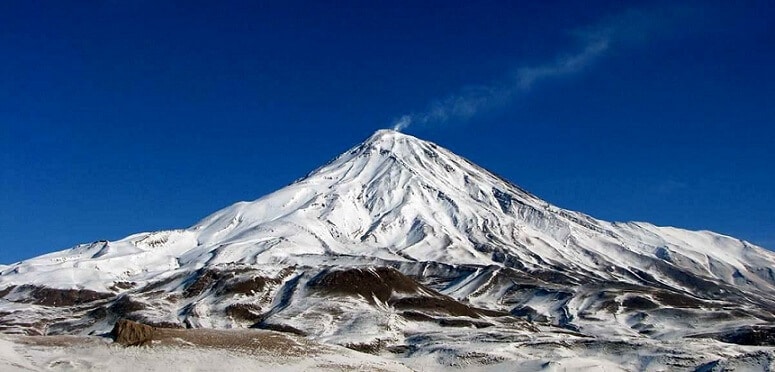
Mount Damavand, Iran
Source: National Geographic


